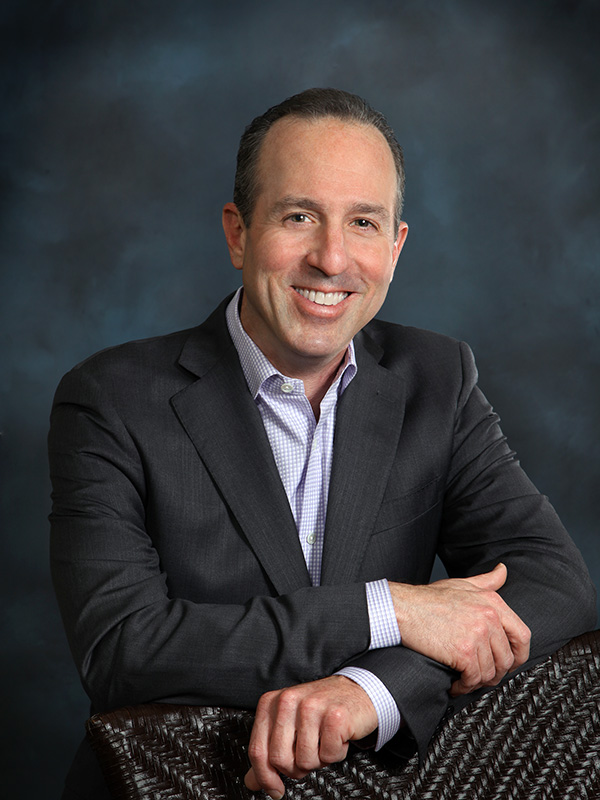Shoulder Instability and Dislocation Specialist

Are you an athlete who participates in contact sports? If so, you may be at risk of sustaining a shoulder dislocation and subsequent shoulder instability. A shoulder dislocation, also called shoulder subluxation can occur from a sports injury, traumatic blow to the shoulder or from continuous overhead movements. Shoulder instability and dislocation specialist, Dr. Mark Getelman provides diagnosis and both surgical and nonsurgical treatment options for patients in Los Angeles who have dislocated their shoulder or are experiencing shoulder instability. Contact Dr. Getelman’s team today!
The Connection between Shoulder Instability and Shoulder Dislocations in Los Angeles Athletes
Shoulder injuries affect countless athletes each year and one of the most common injuries is a shoulder dislocation. Once a shoulder dislocation occurs from a traumatic event or overuse, it is vulnerable to repeat dislocations. As the joint becomes loose and continues to slip out of place, it is known as chronic shoulder instability. Dr. Mark Getelman, board certified shoulder surgeon, is available to diagnose and treat shoulder instability and a dislocated shoulder in athletes of all levels.
What is Shoulder Instability?
The shoulder joint is considered the most mobile joint in the human body. The joint allows a great range of motion so people can engage in everyday, work and sporting activities. Unfortunately, this wide range of motion places the shoulder at risk for shoulder instability.
Shoulder instability is classified as a shoulder joint that is too loose and the ball (humeral head) has the ability to move excessively on the shallow socket (glenoid). When the shoulder is able to slide completely out of socket because of loose ligaments that do not hold the ball and socket in place, a shoulder dislocation occurs.
What is a Shoulder Dislocation?
Shoulder dislocations are relatively common in active individuals. This shoulder condition typically occurs from blunt force trauma to the joint during sports or from overuse and repetitive overhead motions.
A shoulder dislocation is characterized by the displacement of the humeral head (ball) from its usual position against the shallow socket (glenoid). The soft tissues that surround the shoulder must become injured in order for a dislocation to occur. In many cases, the labrum becomes torn and allows the ball to move out of the socket more easily.
Once a shoulder becomes dislocated for the first time and the supportive ligaments are torn or stretched and damaged, recurrent shoulder dislocations occur resulting in chronic shoulder instability. With more extensive instability, the glenoid and humeral head bone is also damaged. Once bone injury occurs, the likelihood of future dislocations increases.
How a Los Angeles Shoulder Surgeon Treats Shoulder Instability and Shoulder Dislocations
A shoulder surgeon, such as Dr. Mark Getelman, begins evaluation of shoulder instability and shoulder dislocations with a thorough medical review, physical examination and x-ray evaluation.
If surgery is necessary to treat the condition, Dr. Getelman will select the appropriate procedure based on injury severity, the patient’s age and the patient’s activity level.
Chronic shoulder instability and shoulder dislocations are surgically treated with one of these common techniques:
- Shoulder stabilization: A minimally invasive technique used to repair and secure the damaged ligaments and surrounding labrum to restore joint stability. A “Hospital- Corner repair”– Developed by Dr. Getelman, just as flat sheets are folded and tucked underneath a mattress to form a “hospital corner,” this procedure applies a similar principle to the labrum and capsule of the shoulder joint. The repair uses double-loaded suture anchors in the glenoid. The first primary stitch is passed through the labrum only and then tied, shifting the tissue superiorly. The second stitch is then passed inferiorly through the patulous capsule, in addition to the labrum with a pinch-tuck technique.
- Bankart repair: Often recommended in patients with anterior shoulder instability, this technique involves re-anchoring and suturing the torn piece of cartilage(labrum) to restore stability to the affected shoulder joint.
- Remplissage: This is a French word meaning “to fill”, it is used in shoulder surgery as an adjunct to Bankart repair in patient who have mild bone loss where the injury to the humeral head develops a defect (Hill Sachs Lesion) resulting in a impression fracture as the shoulder dislocates. Getelman can arthroscopically use the infraspinatus tendon to fill the defect making it unlikely to engage, thereby reducing the risk of recurrent instability after surgical repair. IF patients have more bone loss then one of the following option become necessary.
- Latarjet procedure: A typically Open surgical technique that is often recommended for patients with bone loss related to recurrent dislocations, this technique utilizes three main surgical principles that create stability, called the triple blocking effect. 1.) The coracoid process is transferred to the front of the shoulder blade to restore the bony defect of the glenoid surface.) The inferior subscapularis and anterior inferior capsule are reinforced, allowing the conjoined tendon to provide additional anterior stability when the arm is rotated. 3.) The capsule is reattached to the bone graft inferiorly. Newer instrumentation is now allowing this technically difficult procedure to be performed arthroscopically as well.
- Arthroscopic glenoid augmentation– This is a newly emerging arthroscopic minimally invasive option that combines many of the benefits of the Latarjet with widening of the glenoid bone and the benefits of the arthroscopic labral repair. Ideal for patients with glenoid bone loss and sufficient capsule, this technique uses different types of bone graft to rebuild bone loss and reconstruct the glenoid. These grafts include a distal clavicle autograft, iliac crest autograft and a cadaver alternative using distal tibia allograft.
If you are experiencing chronic shoulder instability or ongoing shoulder dislocations or have been advised on bone loss needing repair in the Los Angeles area, please contact Dr. Mark Getelman, board certified shoulder surgeon.
